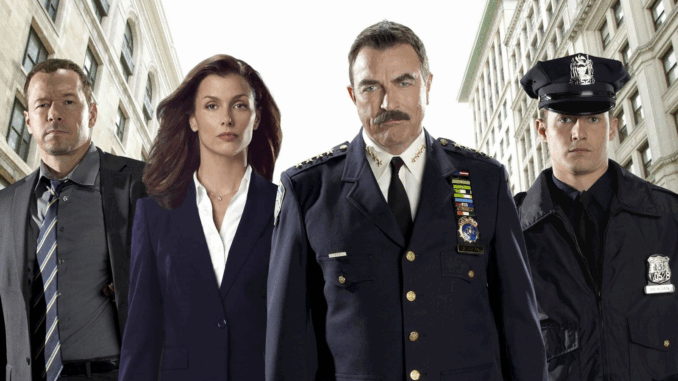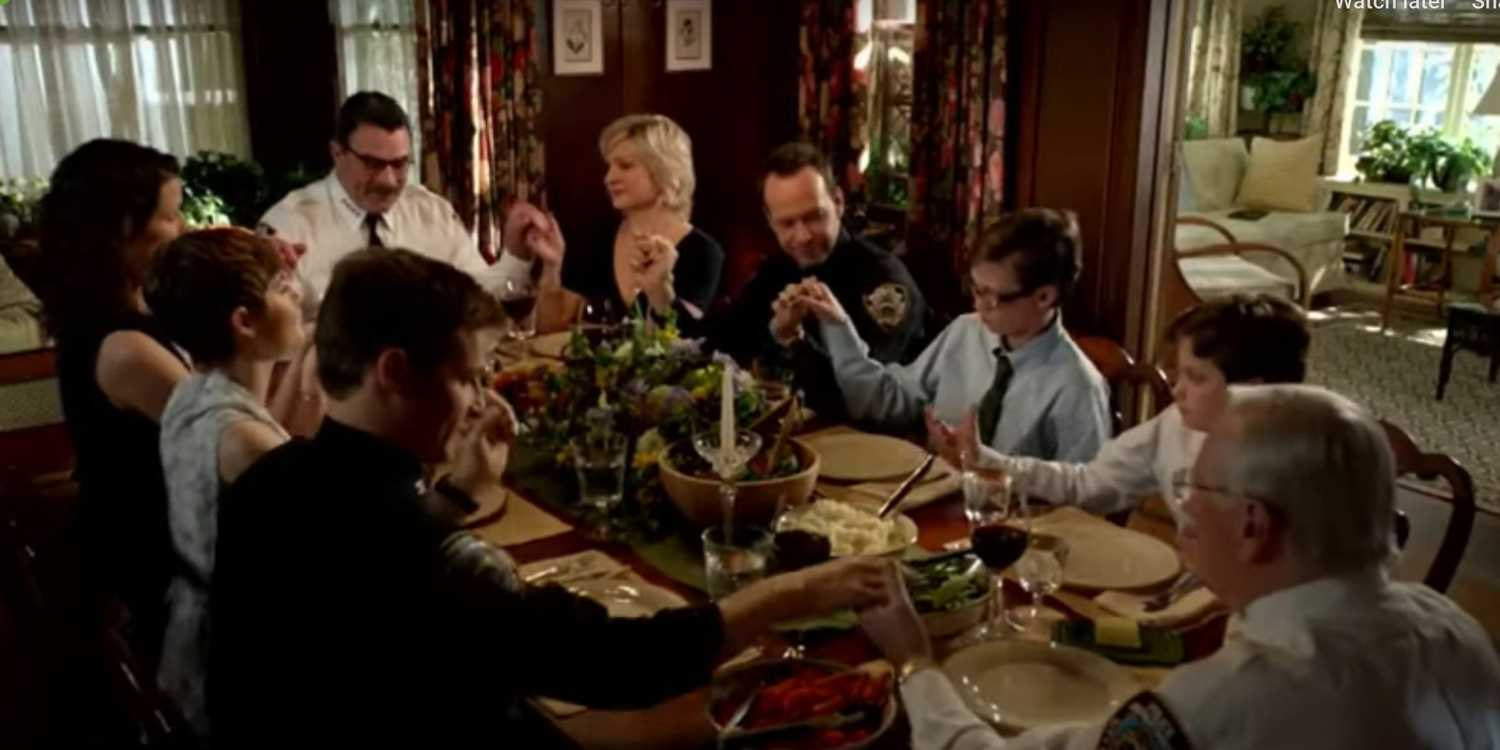
Music in Blue Bloods is more subtle than in flashy modern dramas, but it plays a surprisingly powerful role in shaping the show’s emotional core. While viewers often remember the dramatic confrontations or heartfelt speeches, the music behind those moments quietly amplifies the depth of every scene.
Unlike many crime dramas that rely on heavy electronic beats or high-tempo suspense tracks, Blue Bloods uses music intentionally and sparingly. Its score is built around themes of duty, family, loss, and hope. Each instrument, melody, and moment of silence carries meaning.
The show’s signature sound is a blend of soft piano, low strings, and light percussion. These elements create a mood that feels warm yet serious—mirroring the Reagan family’s dynamic. The music never overwhelms the scenes; instead, it acts like a guiding emotional presence, helping viewers feel the tension, grief, or unity at the heart of the story.
 For example, in tense interrogations or moral dilemmas, the score shifts subtly, using deeper notes and slower pacing. Instead of telling viewers how to feel, the music lets them absorb the weight of the moment. It supports the actors’ performances without overshadowing them.
For example, in tense interrogations or moral dilemmas, the score shifts subtly, using deeper notes and slower pacing. Instead of telling viewers how to feel, the music lets them absorb the weight of the moment. It supports the actors’ performances without overshadowing them.
Danny’s scenes often feature heavier musical cues—reflecting his intense, emotional, impulsive nature. When he’s angry or grieving, the music becomes darker, heavier. When his compassion shines, the music softens, offering glimpses of the vulnerable man beneath the tough exterior.
Jamie’s scenes adopt a calmer, more thoughtful tone. The score uses gentle strings and hopeful melodies during moments of growth, leadership, or emotional revelation. These themes follow him from patrol officer to sergeant, showing his evolution through sound as well as story.
Erin’s music is different still—precise, steady, and tinged with moral complexity. Her scenes often feature a quiet tension that underscores the pressure of her position. As she wrestles with legal and ethical dilemmas, the score mirrors her inner struggle, making her victories and compromises all the more impactful.
Then there’s Frank Reagan. His scenes often include solemn, dignified music that reflects both the weight of his responsibility and the emotional distance required of a police commissioner. When he shows vulnerability, the music softens into warm piano notes—a signal that the man behind the badge is still very human.
One of the most emotional uses of music in Blue Bloods happens during scenes involving loss or remembrance. The show does not shy away from grief: it honors it. Slow, reverent melodies accompany funerals, memorials, and personal reflections, reminding viewers of the sacrifices made by officers and families alike.
Just like the dinner scenes, the music during these moments feels sacred.
Another fascinating aspect is how the show uses silence. Some of the most powerful scenes in Blue Bloods contain no music at all—leaving only the raw emotion of the actors. This restraint creates authenticity and prevents melodrama. When the music finally returns, it hits even harder.
But the soundscape of Blue Bloods goes beyond the score. New York City itself serves as a musical backdrop: sirens, footsteps, traffic, wind, and street noise create a rhythm that feels real and alive. These natural sounds blend with the score to create the heartbeat of the city and the show.
Fans often say they don’t notice the music while watching—but they feel it. That’s the mark of a masterful soundtrack.
Despite its subtlety, the music of Blue Bloods has become iconic. Some viewers listen to the soundtrack while studying, working, or relaxing because it evokes the warmth, integrity, and calm determination of the Reagan family.
The music doesn’t just support the story—it elevates it.
It turns everyday scenes into emotional moments, transforms conversations into reflections, and deepens the values that define the show.
Next time you watch Blue Bloods, pay attention to the music. You’ll discover a whole new layer of depth hidden beneath the dialogue and action.
